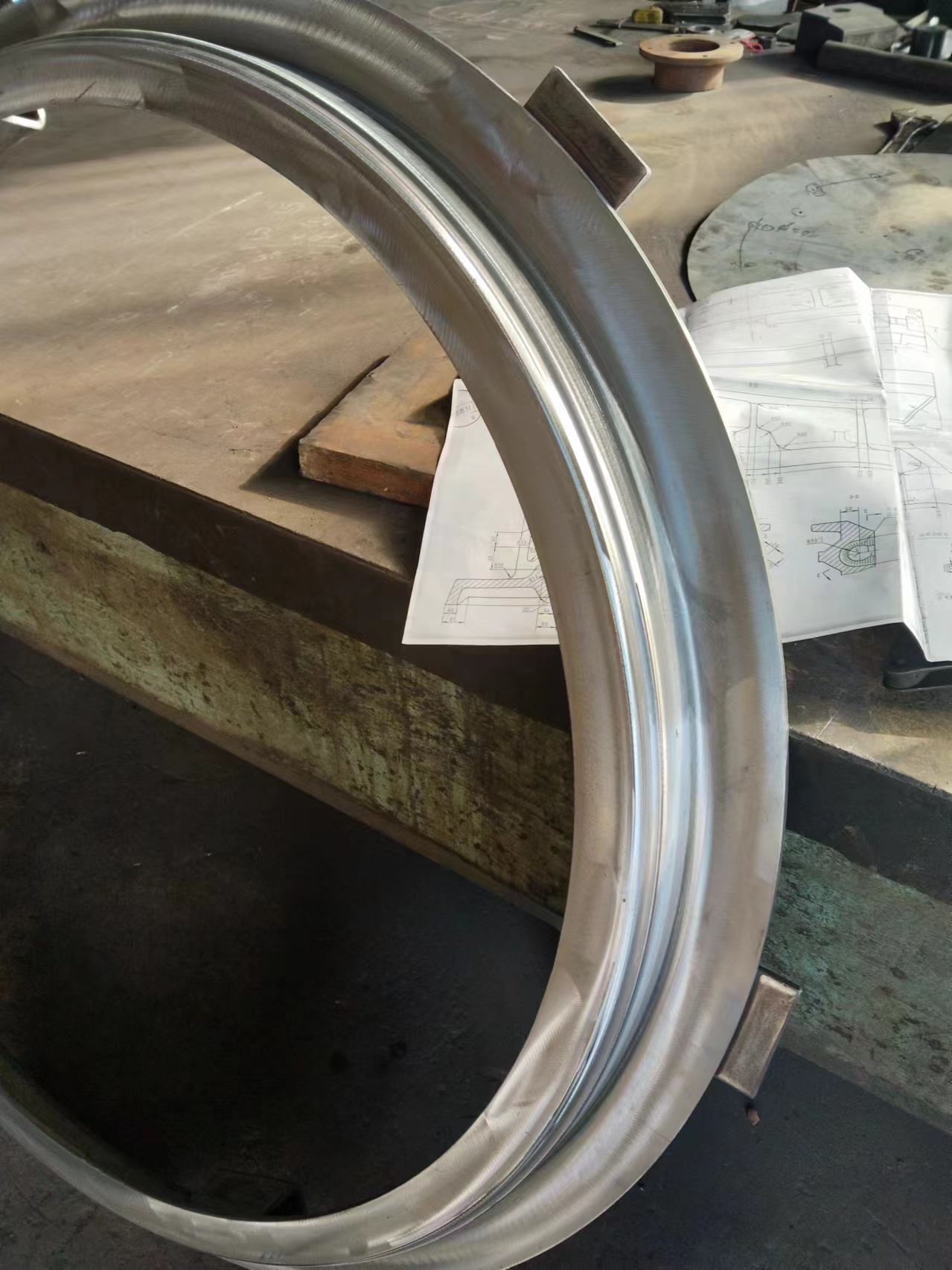- Afrikaans
- Albanian
- Amharic
- Arabic
- Armenian
- Azerbaijani
- Basque
- Belarusian
- Bengali
- Bosnian
- Bulgarian
- Catalan
- Cebuano
- China
- China (Taiwan)
- Corsican
- Croatian
- Czech
- Danish
- Dutch
- English
- Esperanto
- Estonian
- Finnish
- French
- Frisian
- Galician
- Georgian
- German
- Greek
- Gujarati
- Haitian Creole
- hausa
- hawaiian
- Hebrew
- Hindi
- Miao
- Hungarian
- Icelandic
- igbo
- Indonesian
- irish
- Italian
- Japanese
- Javanese
- Kannada
- kazakh
- Khmer
- Rwandese
- Korean
- Kurdish
- Kyrgyz
- Lao
- Latin
- Latvian
- Lithuanian
- Luxembourgish
- Macedonian
- Malgashi
- Malay
- Malayalam
- Maltese
- Maori
- Marathi
- Mongolian
- Myanmar
- Nepali
- Norwegian
- Norwegian
- Occitan
- Pashto
- Persian
- Polish
- Portuguese
- Punjabi
- Romanian
- Russian
- Samoan
- Scottish Gaelic
- Serbian
- Sesotho
- Shona
- Sindhi
- Sinhala
- Slovak
- Slovenian
- Somali
- Spanish
- Sundanese
- Swahili
- Swedish
- Tagalog
- Tajik
- Tamil
- Tatar
- Telugu
- Thai
- Turkish
- Turkmen
- Ukrainian
- Urdu
- Uighur
- Uzbek
- Vietnamese
- Welsh
- Bantu
- Yiddish
- Yoruba
- Zulu
Oct . 08, 2024 03:15 Back to list
centrifugal cast iron
Centrifugal cast iron, a remarkable material that has transformed the manufacturing landscape, is produced through a specialized casting process that leverages centrifugal force. This method is particularly well-suited for creating cylindrical components, where the spinning action allows for an even distribution of molten metal. The result is a material characterized by excellent mechanical properties, durability, and resistance to wear and corrosion.
The centrifugal casting process begins with the preparation of a mold, typically made of metal. This mold is rotated rapidly around its axis, allowing the molten iron to be poured into it. As the liquid metal fills the mold, the centrifugal force pushes the molten iron against the inner walls, leading to a denser and more uniform structure. This unique casting method minimizes the presence of impurities and porosity, which are common issues in traditional casting techniques.
One of the primary advantages of centrifugal cast iron is its superior mechanical properties. The resulting material often exhibits enhanced strength, hardness, and wear resistance. These characteristics make it ideal for a variety of applications, especially in industries where components are subject to high stress and heavy wear. For instance, centrifugal cast iron is widely used in producing pipes, rolls, and gears, as well as components for the automotive and aerospace industries.
centrifugal cast iron

Another notable benefit of centrifugal cast iron is its versatility. Different grades of cast iron can be produced by adjusting the composition of the molten metal. This tailoring of material properties allows engineers to design components that meet specific performance criteria. Additionally, the ability to create intricate shapes and complex geometries through centrifugal casting opens up new possibilities in product design and innovation.
Environmental considerations are also worth noting. The centrifugal casting process is generally more efficient than traditional methods, resulting in less waste and reduced energy consumption. As industries increasingly prioritize sustainability, centrifugal cast iron stands out as a viable option.
In conclusion, centrifugal cast iron represents a significant advancement in casting technology. Its unique production method, coupled with its improved mechanical properties and versatility, makes it an attractive choice for various industrial applications. As technology continues to evolve, the potential for centrifugal cast iron to meet the demands of modern engineering challenges is immense, paving the way for a robust future in manufacturing.
-
8mm Thin-Walled Cast Steel Manhole Cover Pallet Bottom Ring | Durable
NewsAug.04,2025
-
Premium Cast Iron Water Main Pipe: Durable, Corrosion-Resistant
NewsAug.03,2025
-
Durable Cast Iron Water Mains | AI-Optimized Systems
NewsAug.02,2025
-
High-Efficiency Propane Boiler for Baseboard Heat | Save Energy
NewsAug.01,2025
-
Premium Source Suppliers for Various Gray Iron Castings
NewsJul.31,2025
-
Durable Cast Iron Water Main Pipes | Long-Lasting
NewsJul.31,2025


